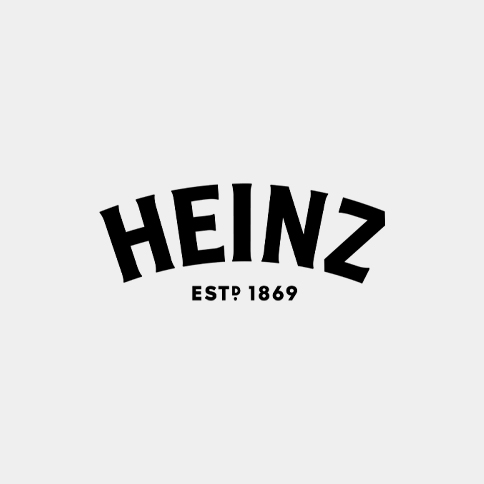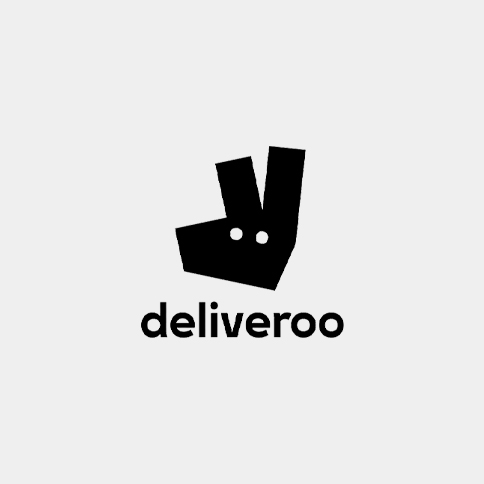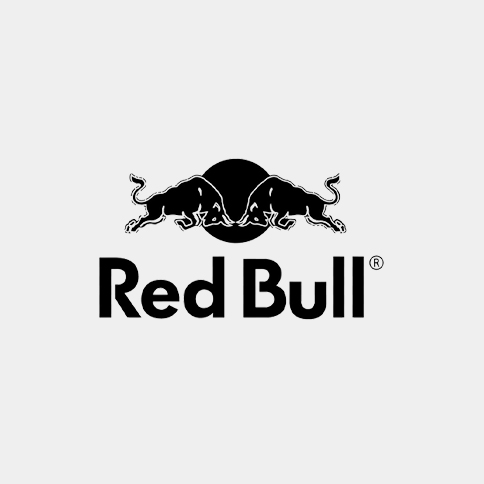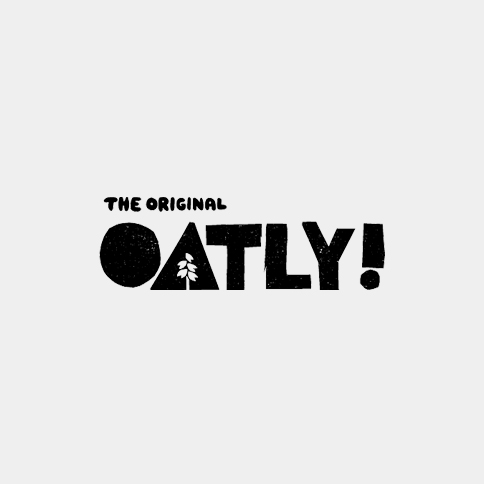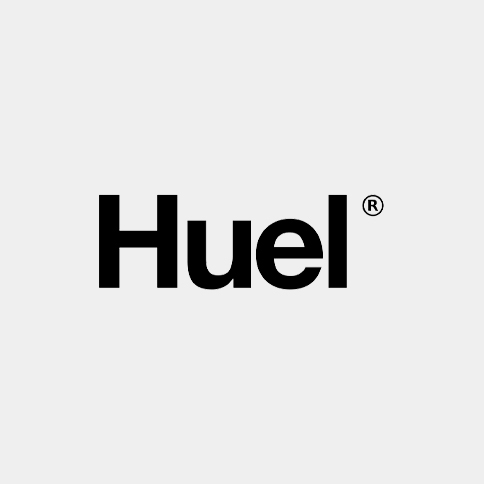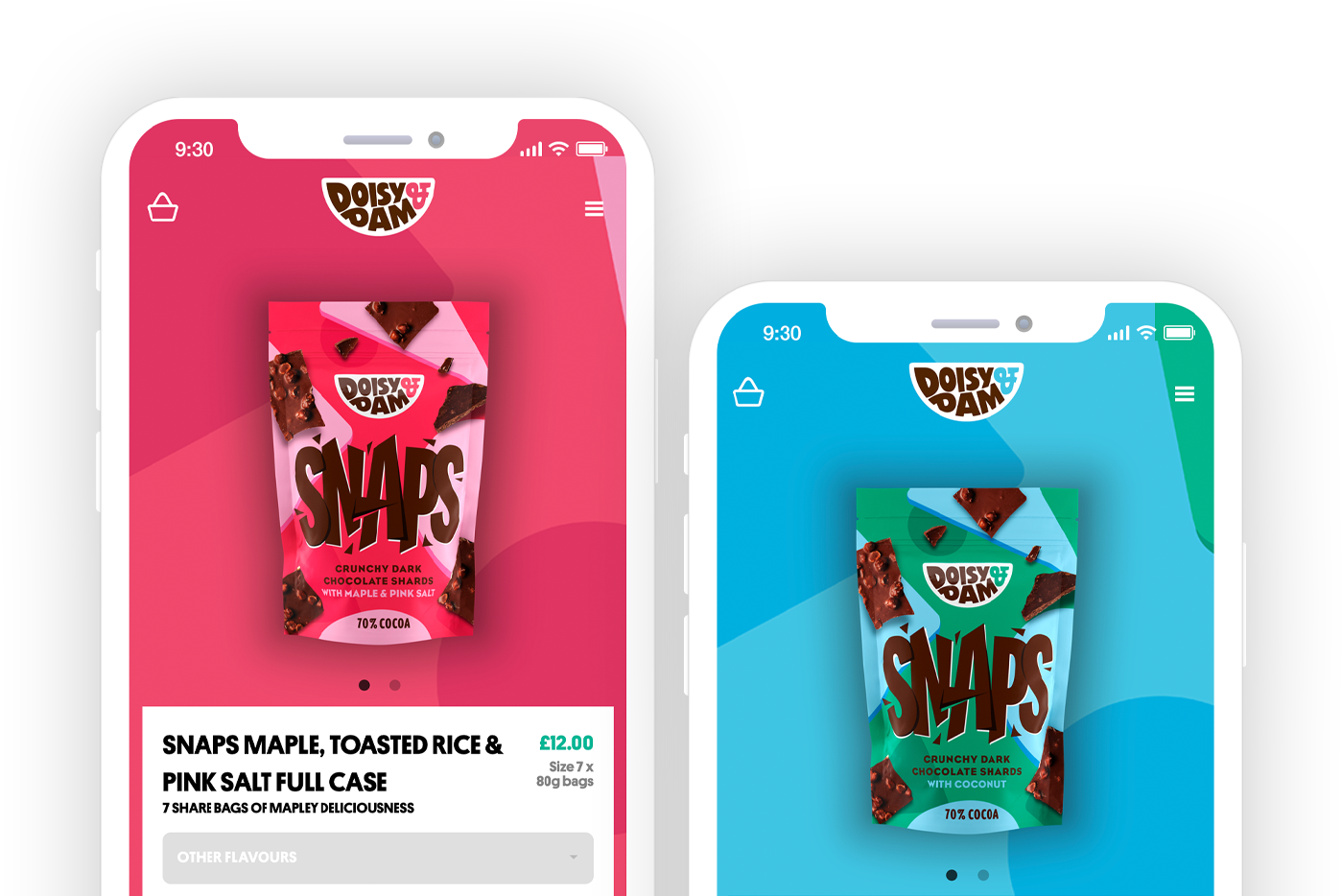Our top picks of the very best A/B testing tools and apps on Shopify that you don't want to miss!
What Is Split A/B Testing?
Before delving into the tools, let's briefly review what split A/B testing is and why it is crucial for your
Shopify store.
Split A/B testing, also known as A/B testing or split testing, is a method used to compare two or more variations of a webpage or marketing campaign to determine which one performs better in achieving specific objectives. These objectives can range from increasing
conversions (sales, sign-ups, etc.) to improving user engagement or optimising the user experience.
In an A/B test, you divide your audience into two or more groups and show each group a different version of a webpage or marketing element. By tracking and analysing user interactions, you can identify which version yields better results. This data-driven approach allows you to make informed decisions and continuously optimize your Shopify store for better performance. Consider the following categories when making your choice for the very best Split A/B testing tool for Shopify. We get right to the source of the facts with these tools, to help you create strategies that leads to a positive outcome.
Conversion Rate and Revenue Growth:
Split A/B testing on Shopify focuses on improving the conversion rate, which measures the percentage of visitors who take a desired action, such as making a purchase. By testing various elements like product pages, pricing, content, and order processes, you have the potential to boost your conversion rates and increase revenue.
Variants and Metrics:
A/B testing involves creating different variants of webpages or marketing materials. Each variant is presented to a portion of your visitors, and the metrics are carefully tracked and analysed. These metrics can include everything from the number of visitors who complete an order to the total revenue generated.
Ease of Use and Knowledge:
Many A/B testing tools for Shopify are designed with ease of use in mind, making them accessible to both beginners and experts. Even those without coding knowledge can set up and run tests easily, while developers can dig into the code to make more advanced adjustments.
Integration and Analysis:
Integration with e-commerce platforms like Shopify, as well as with analytics tools like Google Analytics and HubSpot, allows for comprehensive data analysis. This integration enables companies to extract valuable insights from the tests and informs future optimisation strategies.
The Importance of Goals:
A/B testing is driven by clear goals. Whether it's increasing the click-through rate on product pages or improving the user experience (UX) of your checkout process, setting precise goals is the first step toward successful testing.
Variety of Testing Methods:
There are various methods to conduct A/B tests, including client-side and server-side testing. Client-side testing, where changes are made on the user's browser, is often used to optimize the user interface (UI) and UX. Server-side testing involves making changes on the server, which can impact things like pricing and order processing.
Investment and ROI:
While A/B testing requires an investment, it's crucial to keep the potential return on investment (ROI) in mind. The benefits of improved conversion rates and increased revenue often outweigh the costs associated with A/B testing tools and services.
Customised Plans and Pricing:
Most A/B testing software providers offer a variety of plans to cater to different company sizes, audiences, and goals. These plans often come with different price points, allowing businesses to choose the one that best fits their budget and needs.
Dashboard and Reporting:
A/B testing platforms provide dashboards that offer real-time insights into ongoing tests. These dashboards display key metrics, helping your team monitor progress and make informed decisions.
The Role of Themes and Audiences:
Themes and audience segments play a significant role in A/B testing. You can test how different themes impact user behavior, and segmenting your audience allows you to target specific groups of people with tailored variations.
Continuous Optimisation:
A/B testing isn't a one-time thing; it's an ongoing process of continuous optimisation. Even after you've found a winning variant, there's always room for improvement, and A/B testing helps you refine your Shopify store to keep up with changing customer expectations.
Case Studies and Research:
Many companies share case studies and research detailing how A/B testing has contributed to their growth. These success stories serve as inspiration and offer insights into what's possible with effective A/B testing.
Google optimize was a dominate player in the A/B testing space. The Shopify integration with the powerhouse that is Google made an excellent choice for those merchants getting started with A/B testing while minimising upfront costs. However, this tool is being discontinued, meaning that it’s important for store owners to find the next best tool. This is where this guide comes hand to allow you to choose the best split a/b testing partner shipping the very best features and the very best reviews! So, let's explore the best split A/B testing tools available for Shopify in greater detail:
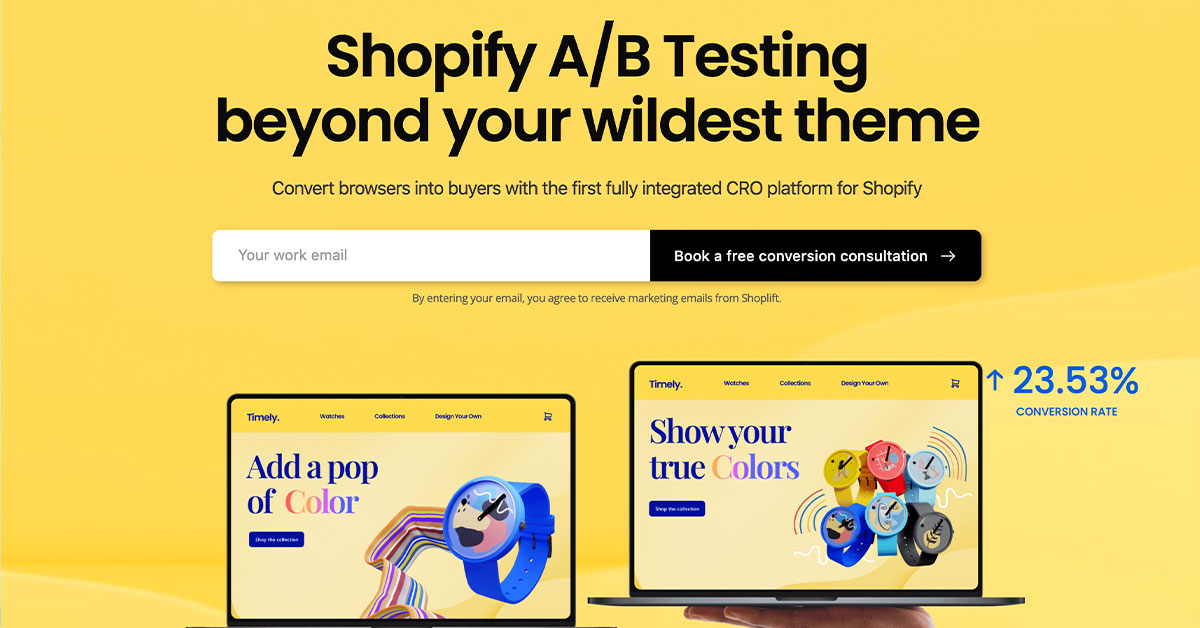
1. Shoplift
We absolutely love what Shoplift split A/B testing tool has to offer and definitely feel this is the best split A/B testing tool available. Not only is the price highly competitive, the Shoplift app is built with Shopify in mind. You can easily use Shopify's own theme editor to create alternative versionsn of pages to create your tests - what's more the split a/b testing tool comes equipped with a variety of new sections for you to test on your theme too!
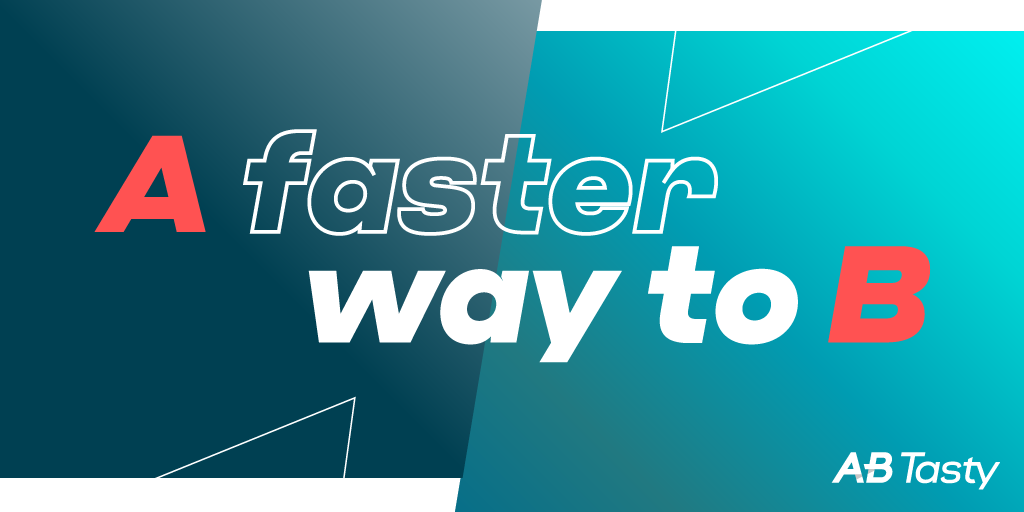
2. AB Tasty
AB Tasty is a user-friendly A/B testing and personalisation platform designed to enhance the user experience on your Shopify store. It offers a range of features, including A/B tests, multivariate tests, and personalisation campaigns. The platform provides an intuitive visual editor for creating experiments and in-depth reporting to assess their impact.
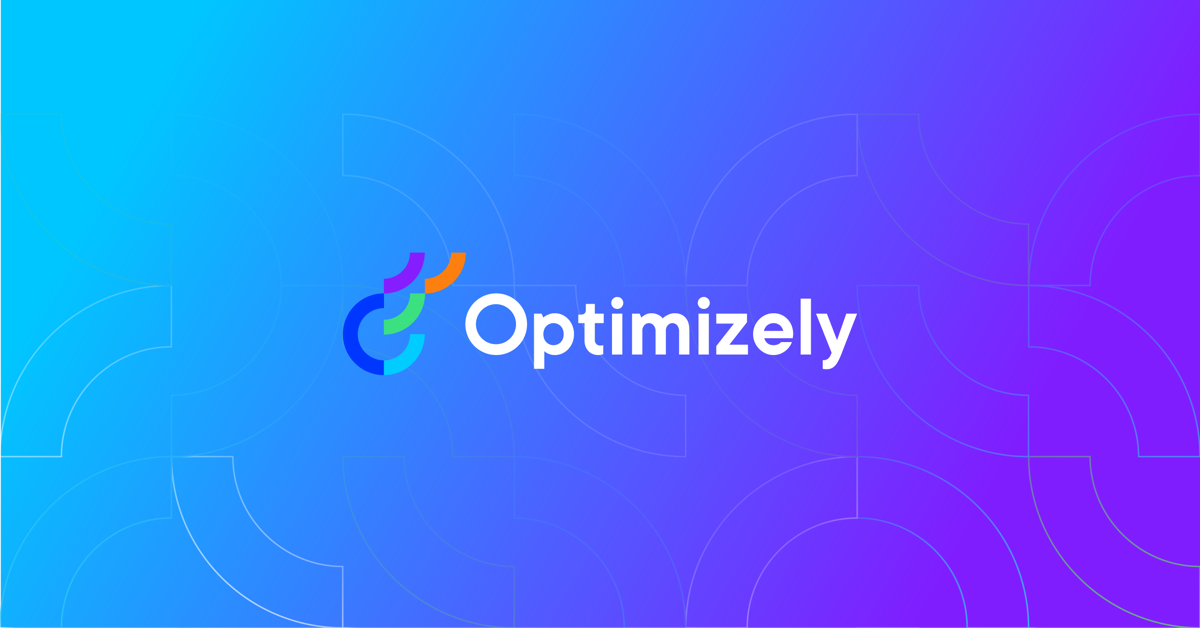
3. Optimizely
Optimizely is a renowned A/B testing platform that provides a user-friendly interface and a wide range of features. It allows you to create experiments without requiring coding skills, making it accessible for marketers and website owners alike. With Optimizely, you can test various elements such as headlines, upselling and upsells, carts, page length, price testing, colors, fonts, images, buttons, discounts, and even entire page layouts. The platform offers detailed reports and analytics, including statistical significance, to help you make data-driven decisions. It also supports multivariate testing for more complex experiments to gain the most detailed and specific feedback when your running ab testing campaigns
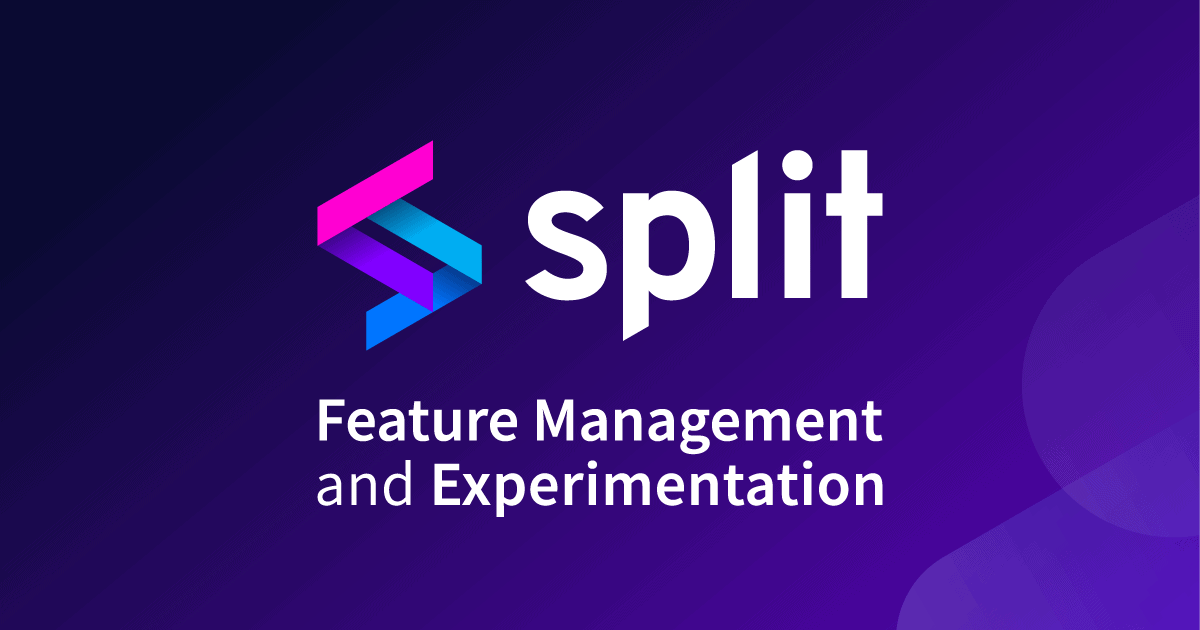
4. Split.io:
Split.io is a feature flagging and experimentation platform suitable for larger e-commerce businesses. While it's not exclusively designed for Shopify, it can be integrated to conduct powerful A/B tests and feature rollouts. Split.io offers advanced targeting options, feature flagging for controlled rollouts, and real-time analytics for precise decision-making. Minise the guesswork and choose an AB platform right for your business.
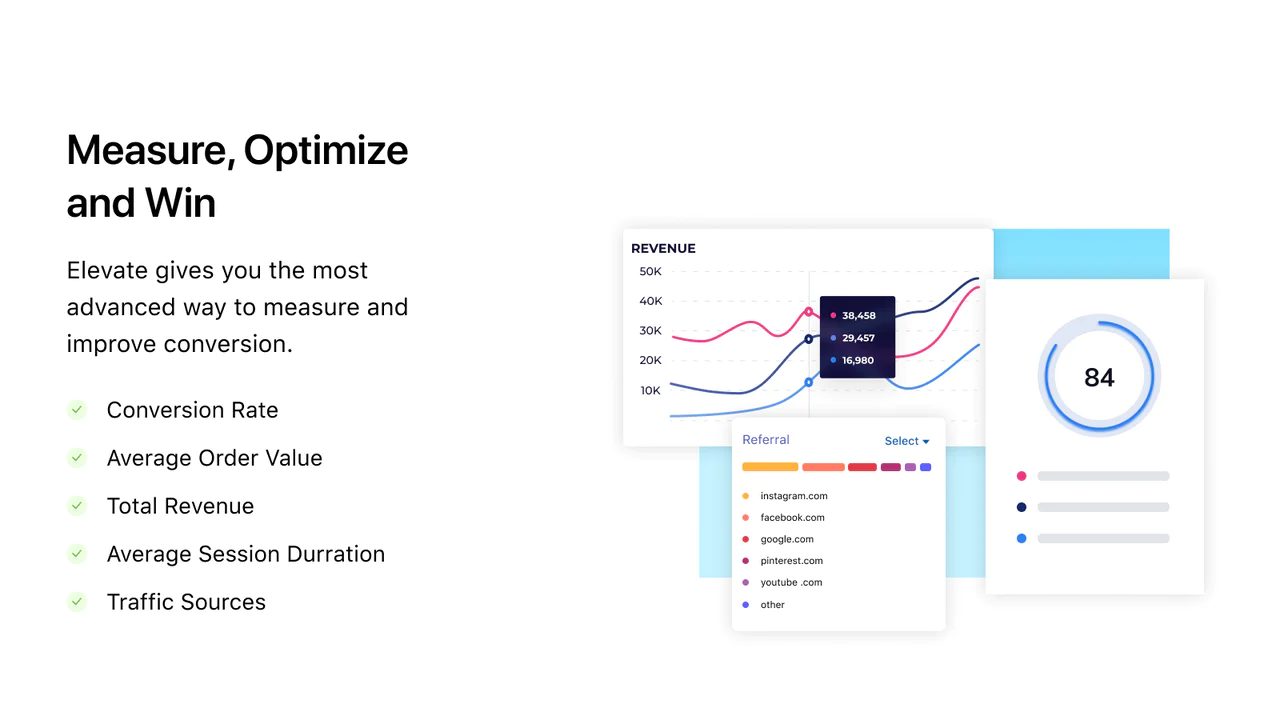
5. Elevate
Elevate is a dynamic A/B testing tool designed specifically for Shopify users. It offers a user-friendly interface that simplifies the process of creating and running experiments. Elevate provides a range of customisation options, allowing you to test various aspects of your store, from product page layouts to checkout processes. With detailed reporting and analytics, Elevate empowers you to make data-driven decisions to enhance your Shopify store's performance.
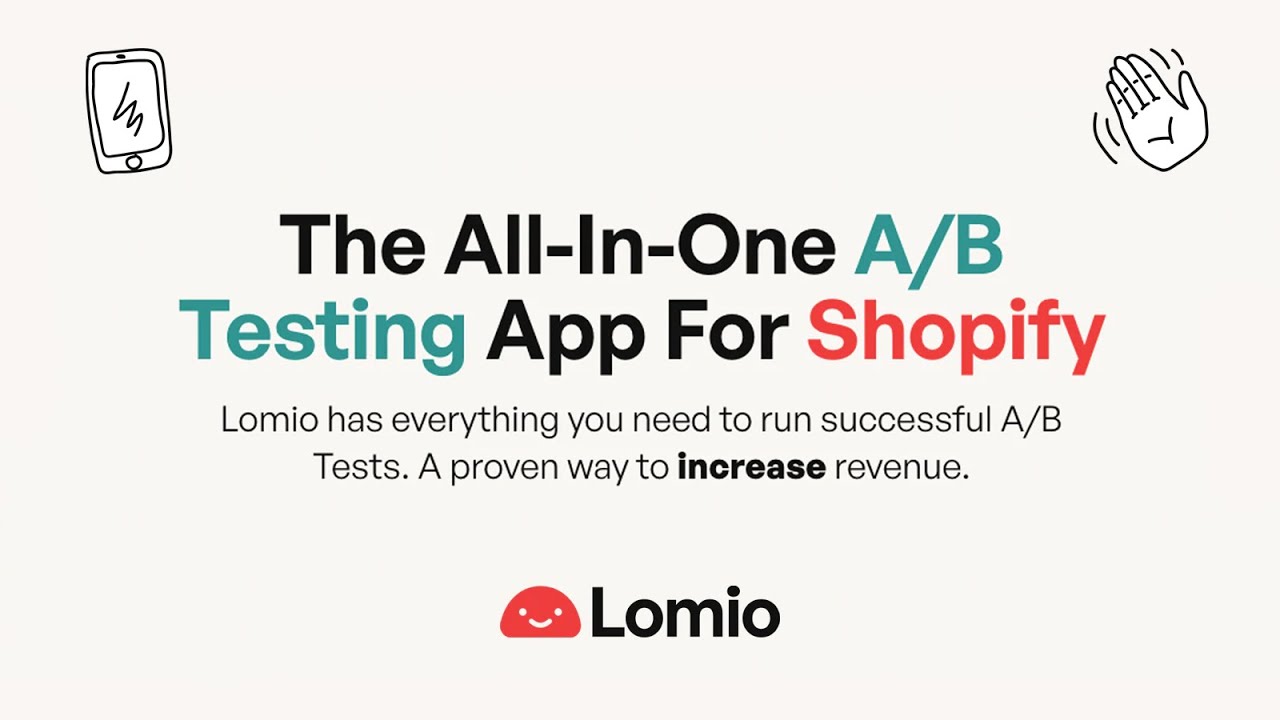
Lomio is a versatile A/B testing and optimisation platform that can be seamlessly integrated with Shopify. It provides a robust set of features for creating and managing experiments. Lomio allows you to conduct split tests on different elements of your Shopify store, such as product images, pricing strategies, and call-to-action buttons. Additionally, it offers advanced segmentation and targeting options, enabling you to deliver personalised experiences to specific customer segments. Lomio's analytics and reporting capabilities provide valuable insights to refine your e-commerce strategy.
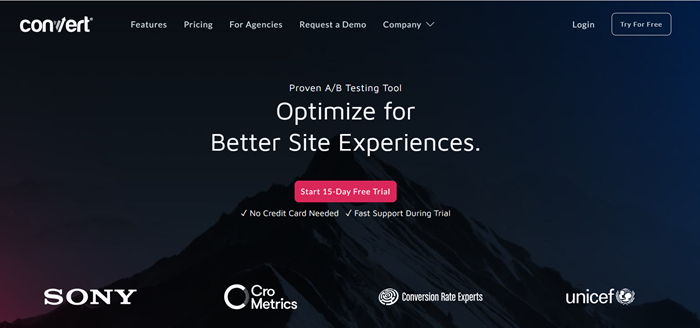
7. Convert Experiences
Convert Experiences offers a comprehensive A/B testing and personalization solution for Shopify. Its visual editor simplifies experiment creation, while robust segmentation and targeting options allow you to tailor experiments to specific audience segments. Convert Experiences also integrates seamlessly with Shopify, making it easy to set up and manage experiments.
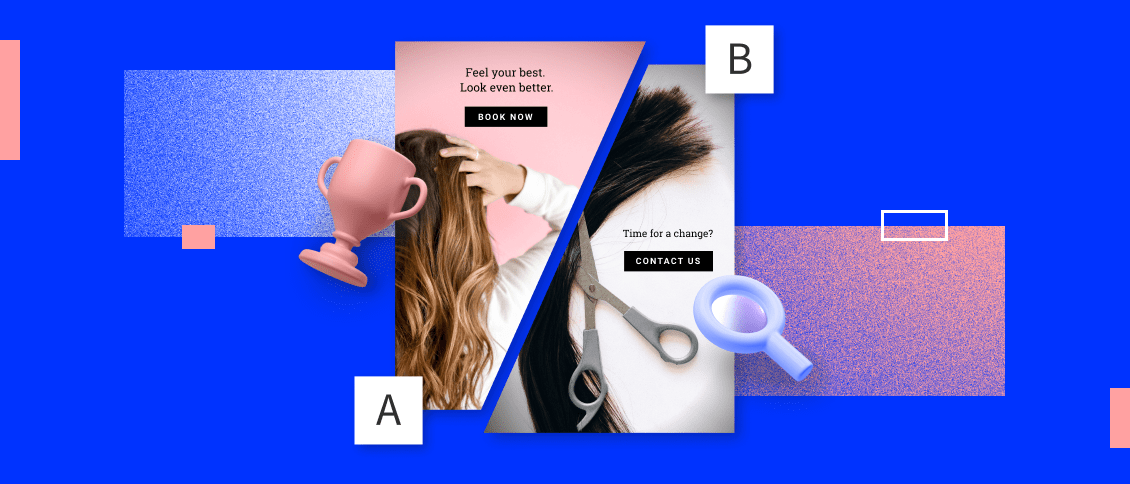
8. Unbounce
While Unbounce is primarily known for creating and optimising landing pages, it can be integrated with Shopify to improve the performance of specific product pages or promotional campaigns. Unbounce offers a user-friendly drag-and-drop editor, making it easy to create variations for testing. It also provides A/B testing capabilities to help you determine which landing page elements perform best in terms of conversion.
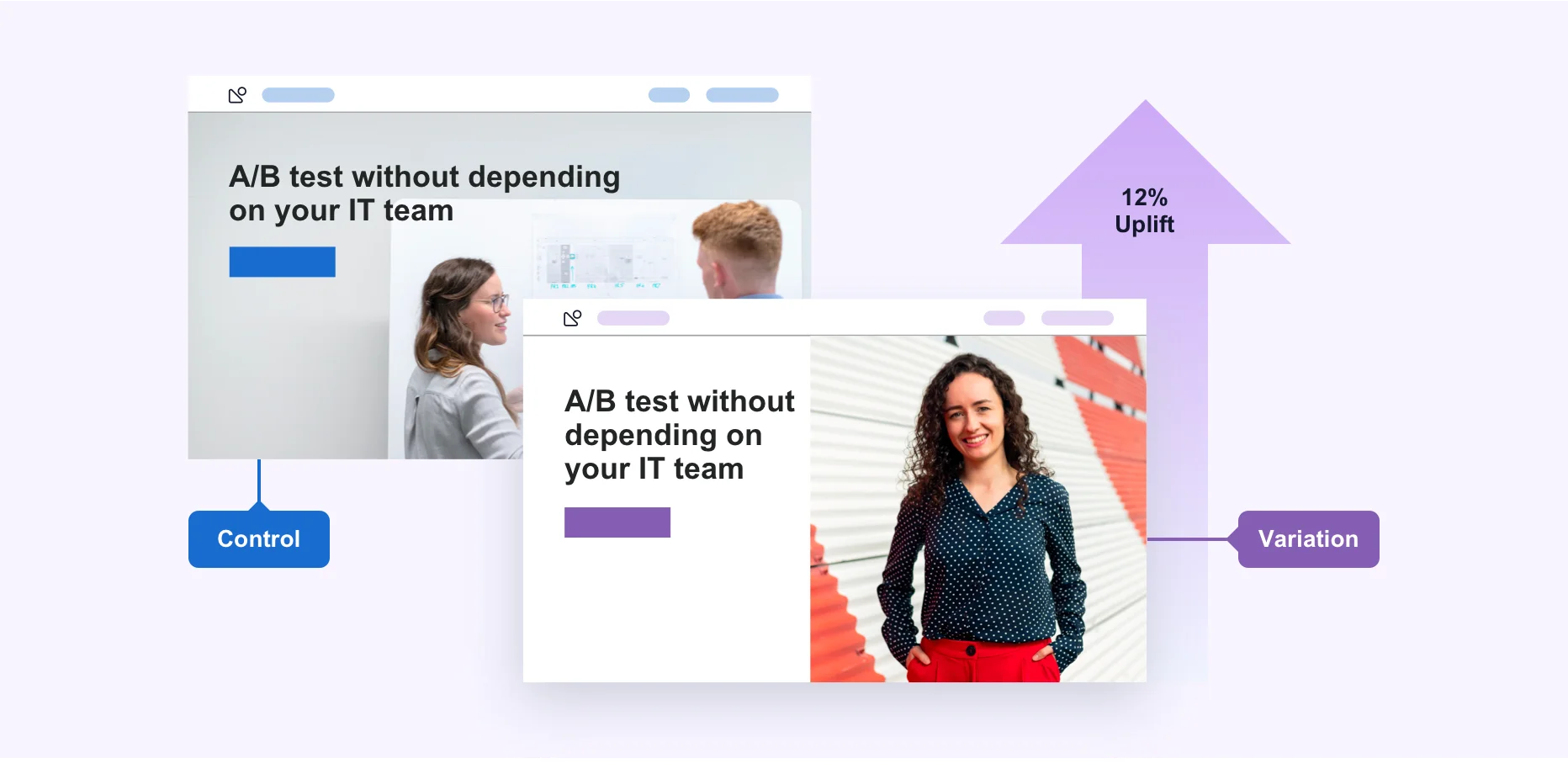
VWO is another powerful A/B testing tool that seamlessly integrates with Shopify. It offers a visual editor that simplifies the process of creating experiments and variations. VWO provides advanced features such as heatmaps and session recording, allowing you to gain deeper insights into user behavior. Additionally, it offers split URL testing, which is particularly useful for testing entirely different page designs.
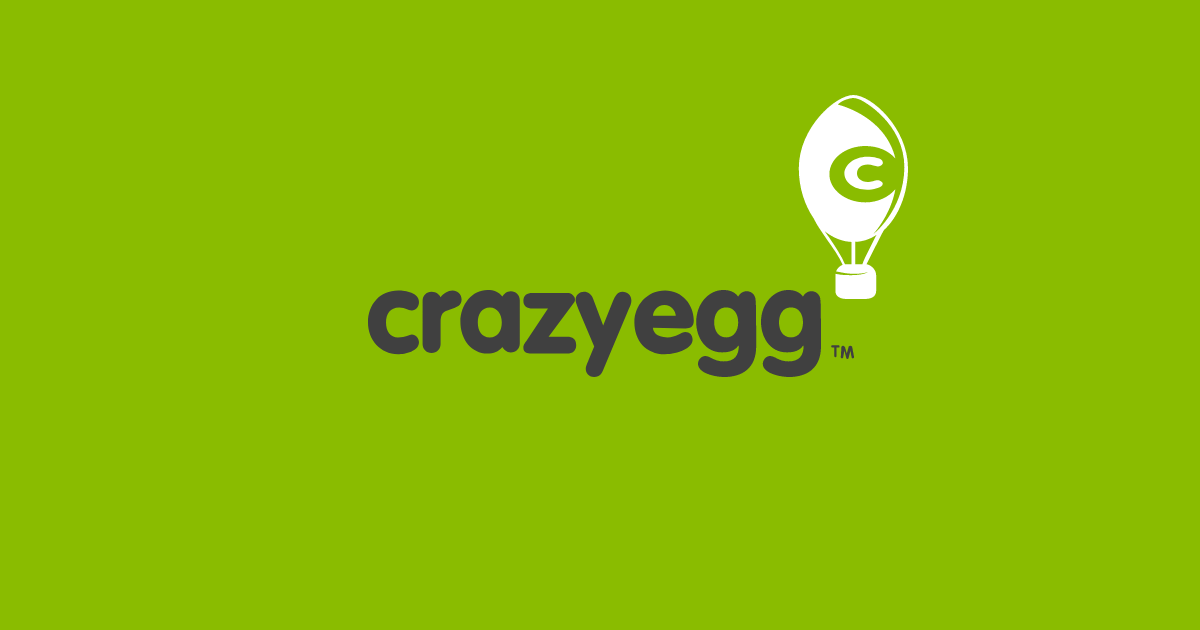
10. Crazy Egg
While Crazy Egg is not a traditional A/B testing tool, it excels at visualising user behavior through heatmaps and session recordings. These insights can complement your A/B testing efforts by providing valuable information about how users interact with your website. Crazy Egg is particularly useful for identifying areas of your site that may benefit from A/B testing.

11. Dynamic Yield
Dynamic Yield is a powerful A/B testing platform that seamlessly integrates with Shopify. While it's known for its robust personalisation capabilities, Dynamic Yield also offers comprehensive A/B testing features. You can create and manage A/B tests across various aspects of your Shopify store, including product recommendations, homepage layouts, and promotional banners. Dynamic Yield's strength lies in its ability to use real-time data and machine learning algorithms to personalise the user experience based on user behavior and preferences. This allows you to deliver highly tailored experiences that drive conversions and customer loyalty.
Dynamic Yield's analytics and reporting tools provide deep insights into the performance of your A/B tests, helping you make informed decisions to optimize your Shopify store further. With Dynamic Yield, you can take your A/B testing and personalisation efforts to the next level, ensuring that your e-commerce site delivers exceptional experiences and drives results.
Conclusion
In conclusion, split A/B testing is a crucial strategy for optimising your Shopify store's performance and
increasing conversions. The choice of the right A/B testing tool can significantly impact your success in this endeavor. Whether you're a small online store or a large e-commerce enterprise, the tools mentioned in this guide offer a range of features to help you conduct effective experiments and make data-driven decisions. For those merchants who have bespoke requirements, Charle offers
custom app development to
design and
build an app that exactly fits the requirements of your online store.
In the fast-paced world of e-commerce, where products and customer experiences constantly evolve, A/B testing is a game-changer. It offers invaluable insights into your customer behavior, allowing you to make data-driven decisions that can enhance your Shopify store's performance and increase revenue. Understanding the value of A/B testing, the differences between various tools, and the importance of integration with platforms like Google Optimize or Google Analytics is key. Whether you're just starting with A/B testing or you're looking to scale your testing efforts, there are choices for everyone.
Remember that A/B testing isn't just about boosting conversion rates; it's about refining your marketing strategy, understanding customer behavior, and optimising every part of your e-commerce workflow. It's a chance to test your ideas, challenge limitations, and discover what works best in the context of your brand and products. With the right A/B testing tools and a clear understanding of your key performance indicators (KPIs), you have the power to make informed business decisions, improve customer experiences, and outperform competitors. Thanks to the scope of choices available, A/B testing is no longer just something for large brands or agencies; it's accessible to anyone, from starters to seasoned professionals. Many websites try various optimisation methods to save time and money. A lot of Shopify Plus users, for example, find themselves facing challenges that others might not encounter. Whether it's integrating their e-commerce suite or dealing with customer support, the details matter a lot, and so A/B testing is important to optimize your online store effectively with speed and efficiency.
In the world of Shopify and e-commerce, where every click and conversion matters, A/B testing is your proof of concept, your chance to refine your strategy, and your tool for driving growth. It is a method of trial and error, turning any potential problems into solutions whether that be in terms of prices, selling or marketing channels, location, ads, integrations, types of content, product images & description, cart & checkout, website testing on devices like desktop & phone, customer journey, and a combination everything and anything in between. Of course, in challenging times, the views of your store and functionality can change. So, take advantage of A/B testing apps, dive into the statistics, and uncover the winner that will elevate your Shopify store to new heights. Your clients, revenue, and business will thank you for it. Remember that the key to successful A/B testing is not just the tools you use but also the strategies you implement and the insights you gain. Continuously monitor your tests, analyse the results, and iterate to ensure your Shopify store remains competitive and delivers the best possible experience to your customers. With the right split A/B testing tool, you can achieve significant improvements in your online store's performance and profitability. The charges for these tools are often not small, so spend some time exploring the right tool for your business, before signing up to a subscription of choosing an app on the Shopify app store. We hope this tool helped you, as the title said, choose the best Split AB tool. Checkout our FAQs below or head over to the Shopify app store to read reviews or see the stars ratings. Visit the Shopify app store search results for Split A/B testing to see more options!
Best A/B Split Testing Tools For Shopify: Frequently Asked Questions
Q1: What is split A/B testing, and why is it important for Shopify stores?
A1: Split A/B testing, or A/B testing, is a method of comparing different variations of a webpage or marketing element to determine which one performs better in achieving specific objectives, such as increasing clicks, conversions or improving user experience. It's crucial for Shopify stores because it allows you to make data-driven decisions to optimize your online store's performance, boost sales, and enhance the user experience.
Q2: How do I conduct split A/B tests on my Shopify store?
A2: To conduct split A/B tests on your Shopify store, you need an A/B testing tool. Choose one from the list provided in the article, create variations of the elements you want to test (e.g., product pages, headlines, or images), divide your audience into groups, and show each group a different version of the element. Analyse the results to determine the winning version.
Q3: Can A/B testing tools for Shopify be used to test marketing campaigns and strategies in addition to website elements?
A3: Yes, many A/B testing tools mentioned in the article can be used to test not only website elements but also marketing campaigns and strategies. For example, you can create variations of email marketing campaigns, ad copy, or promotional offers and test their effectiveness in driving conversions. A/B testing tools provide a versatile platform for optimising various aspects of your Shopify store's marketing efforts.
Q4: Are these A/B testing tools suitable for large ecommerce enterprises?
A4: Yes, many of the tools mentioned in the article, such as Split.io, AB Tasty, and Dynamic Yield, are suitable for large e-commerce enterprises. They offer advanced features, robust reporting, and scalability to meet the needs of larger online stores.
Q5: How can A/B testing benefit my Shopify store's SEO efforts?
A5: A/B testing can indirectly benefit your SEO efforts by improving user experience and increasing conversions. When you optimize your website based on A/B test results, you create a better user experience, which can lead to higher user engagement and longer time spent on your site. Search engines often reward sites that offer valuable and engaging experiences with higher rankings.
Q6: Can I run multiple A/B tests simultaneously on my Shopify store?
A6: Yes, many A/B testing tools, such as optimizely, VWO, and Dynamic Yield, allow you to run multiple A/B tests simultaneously. However, it's essential to manage your tests carefully and avoid overlapping changes that might affect the accuracy of your results.
Q7: How long should I run an A/B test on my Shopify store to get reliable results?
A7: The duration of an A/B test depends on factors like your website traffic and the size of the changes being tested. It's generally recommended to run tests for at least two weeks to account for variations in daily traffic and ensure statistical significance. Tools like VWO and Dynamic Yield can help you calculate the necessary duration for your specific test.
Q8: What should I do after I've completed an A/B test on my Shopify store?
A8: After completing an A/B test, analyse the results carefully. Identify the winning variation and implement it on your website. Remember that A/B testing is an ongoing process, so continue testing and optimizing to keep improving your Shopify store's performance.
Q9: Can I use A/B testing to improve mobile user experience on my Shopify store?
A9: Absolutely. A/B testing tools can help you create variations specifically tailored to mobile users, optimising mobile site elements like navigation menus, buttons, and images. Enhancing the mobile user experience is essential, as a significant portion of e-commerce traffic comes from mobile devices.
Q10: Are there any A/B testing tools that offer personalisation features for Shopify stores?
A10: Yes, several tools in the article, such as AB Tasty, Convert Experiences, and Dynamic Yield, offer personalisation features alongside A/B testing. These features enable you to create highly customised experiences for different user segments based on their preferences and behavior.
Q11: How long should I run an A/B test on my Shopify store to ensure statistical significance?
A11: The duration of an A/B test depends on several factors, including your website's traffic volume and the size of the changes being tested. As a rule of thumb, it's recommended to run tests for at least two weeks to account for daily and weekly variations in user behavior. Tools like Optimizely often provide statistical significance indicators to help you determine when to conclude a test.
Q12: Are there limitations to A/B testing on Shopify, and if so, what are they?
A12: Yes, there are limitations to A/B testing. One limitation is that it requires a sufficient amount of traffic to produce meaningful results. Additionally, A/B testing can't provide insights into the "why" behind user behavior; it can only reveal what changes lead to better outcomes. Also, testing certain elements, such as checkout processes, may be more complex due to their critical nature. Understanding these limitations is essential for effective testing.
Q13: How can A/B testing benefit my Shopify store's mobile users?
A13: A/B testing can significantly benefit mobile users by optimising the mobile user experience. You can test mobile-specific elements like navigation menus, mobile-friendly layouts, and button placements to enhance the usability and conversion rates for shoppers on mobile devices. With the increasing amount of mobile traffic, catering to this audience is crucial for e-commerce success.
Q14: Can I use A/B testing to improve the performance of my Google Ads campaigns on Shopify?
A14: Yes, you can use A/B testing to optimize your Google Ads campaigns. By testing different ad creatives, copy, landing pages, and targeting options, you can refine your advertising strategy and improve your ROI. A/B testing helps you make data-driven decisions to allocate your advertising budget effectively.
Q15: What are some best practices for A/B testing within an e-commerce agency or team working on Shopify stores for clients?
A15: When working within an agency or as part of a team, it's essential to establish clear goals and objectives for each A/B test. Collaborate closely with clients to understand their unique needs and priorities. Maintain a robust workflow that includes detailed documentation of test details, integration with client-specific platforms, and regular reporting. Effective communication, both with clients and team members, is key to successful A/B testing in an agency setting. Additionally, always consider the impact of A/B testing on the client's customers and their overall e-commerce strategy.


 Ross Adamson |
Marketing Exec - Charle Agency
Ross Adamson |
Marketing Exec - Charle Agency











